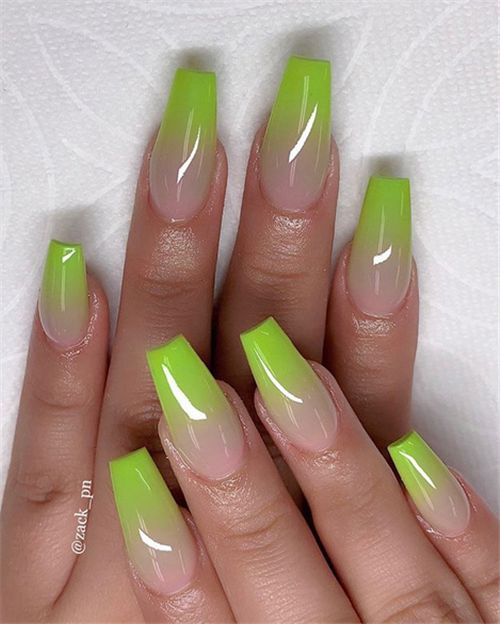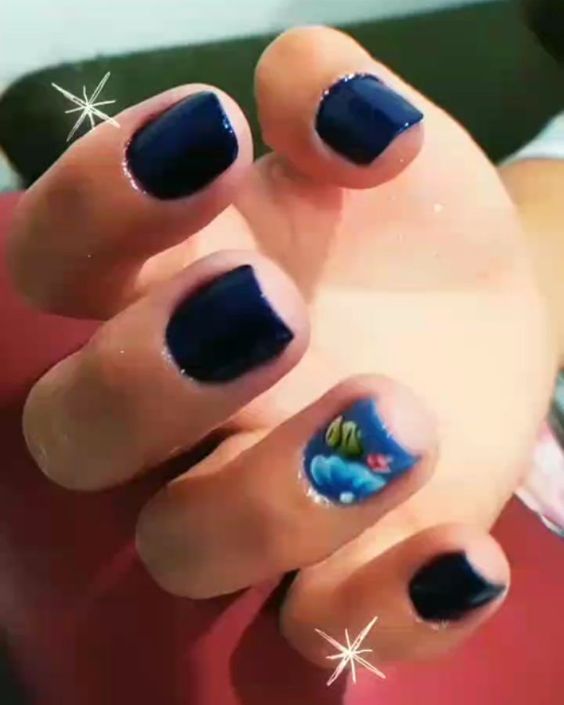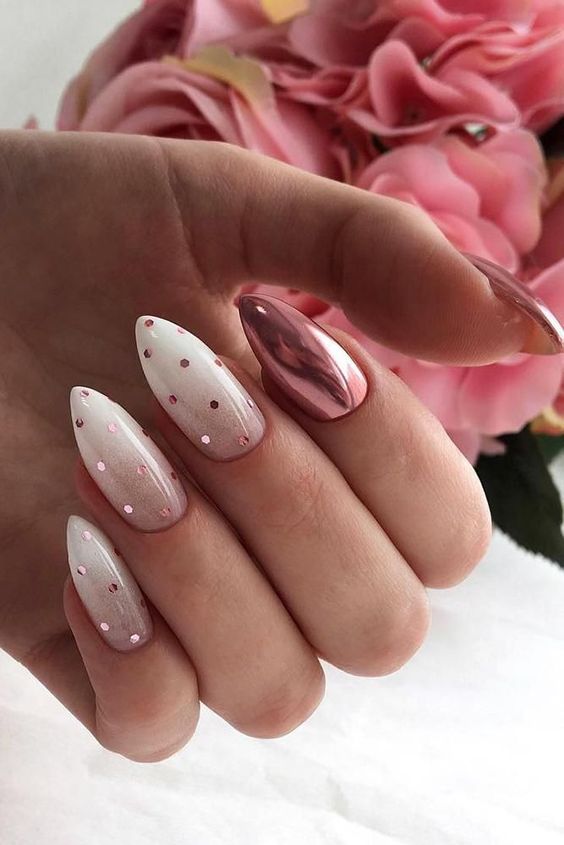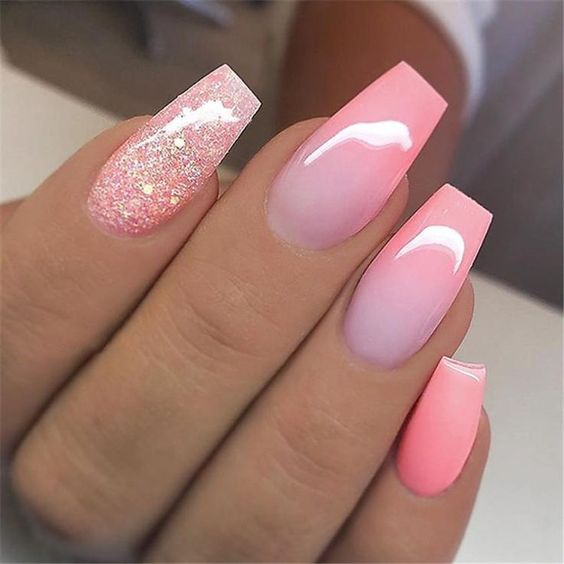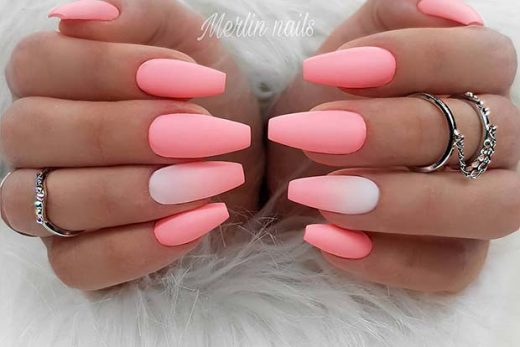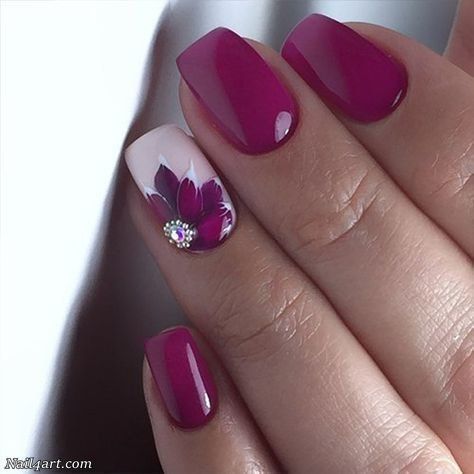
Fact 1
It is not accidental that nail care is required so often: fingernails grow with the approximate speed of 0.1 mm a day.
Fact 2
The growth rate of nails is not always identical. In the summer, a season of open footwear, they grow quicker, and in the winter — more slowly.

Fact 3
30% — nearly a third of nail’s length constitutes its root part. It is, actually, hidden under the skin.
Fact 4
“Healthy” thickness of a nail plate is approximately 0.3 mm. It makes nearly 100-150 layers of keratin (not only hair but also nails consist of it).
Fact 5
A harmful habit of gnawing nails was once useful. To cure the patients of it, a dentist named Maxwell Lappe in 1934 invented special plates which soon became popular as fake nails.

Fact 6
There is one more nail invention which appeared thanks to the dentist: in 1955 a dentist named Frederik Slack decided “to repair” a broken nail with the help of acrylic (it is used by dentists). Soon this material was used to make an acrylic manicure.
Fact 7
The French manicure appeared in the USA. Furthermore, it received a well-known name because it was first highly popular with the French actresses.

The French manicure was created by Jeff Pink, who was assigned to propose a multi-purpose option of nail design, suitable for any dress in Hollywood. Incidentally, it is possible to make a French individually. The detailed instruction is provided in our video lesson.
Fact 8
White nail polish was initially used to paint the grown fingernails from the inside, thus, highlighting the tips.
Fact 9
The American manicure differs from French manicure only by the fact that on the tip of a nail instead of white color Americans use beige. It can be said that it is a softer version of a classical French. The second name of such a manicure is the “Beverly Hills” manicure.
Fact 10
In 1920-30 “moon” or “lunar” manicure was widely adopted. Women feared to cover nails by lacquer completely, considering that the full coverage will not allow them “to breath”.


